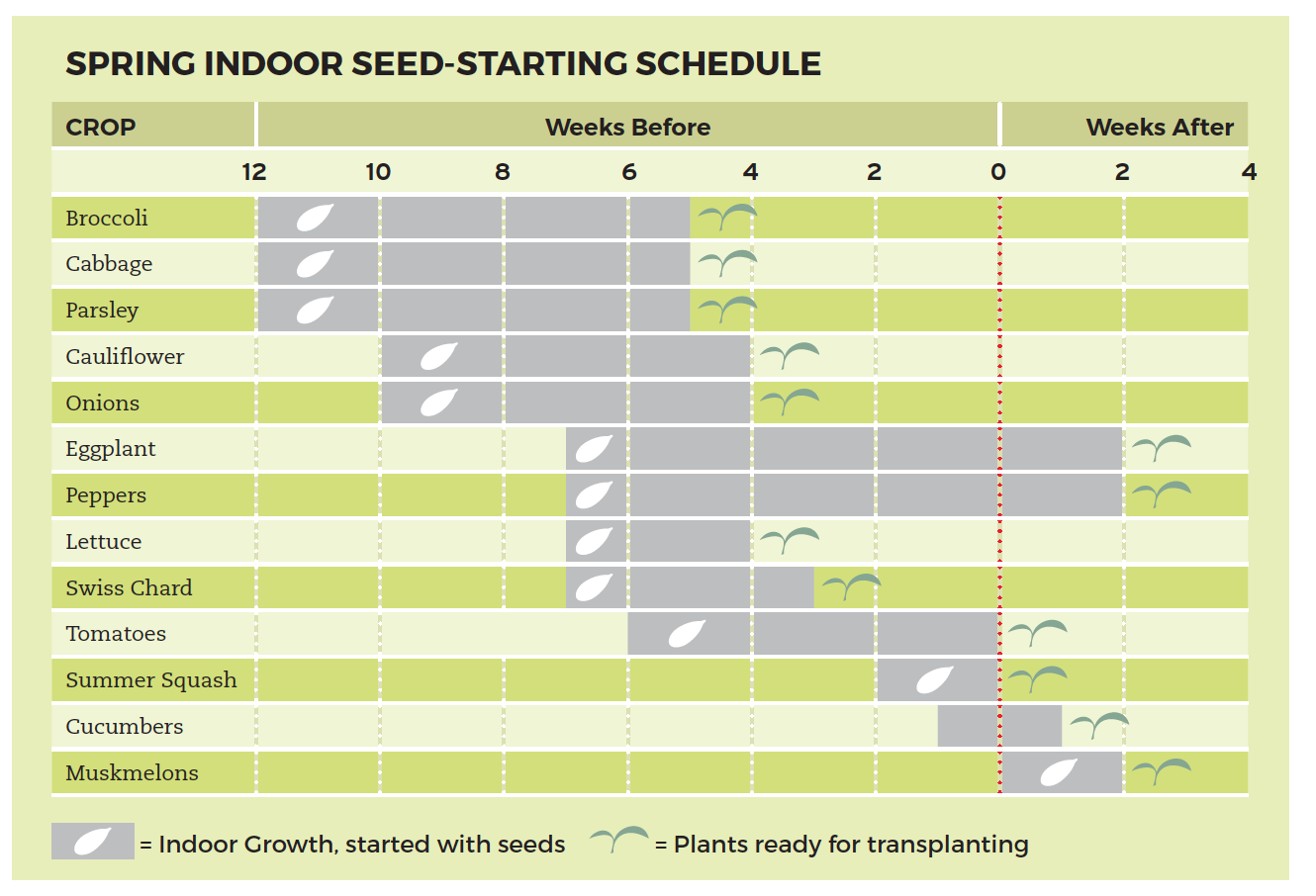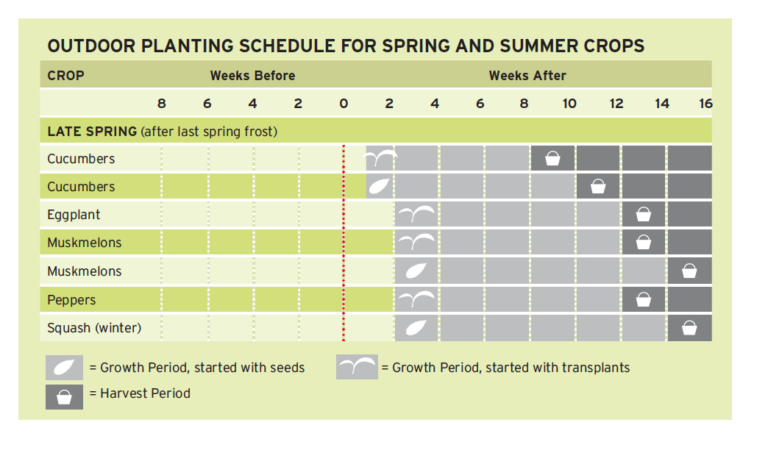Mel wanted every gardener, experienced or beginner, to have a great experience growing their own food and our gardeners say the awesome planting charts in the back of the All New Square Foot Gardening book are a big help. Here’s some pointers:
Know Your Hardiness Zone
You can find your zone with this interactive tool from the United States Department of Agriculture (USDA). Zones are based on the average annual minimum winter temperature and the map is divided into a different zone for every 10 degrees Fahrenheit difference. It’s based on data from NOAA, the National Oceanic and Atmospheric Administration. Zones are important when choosing plants from a nursery or seed catalog – you want to know what plants or seeds thrive in your climate.
Find Your Frost Dates
To use the charts in the All New Square Foot Gardening book you’ll need to know your last frost date for your spring garden. Planning a fall garden? The first frost date is important to know. Here’s another handy link, this one from the Old Farmer’s Almanac: just enter your zip code to learn the average frost dates for your area. You will want to be prepared with protective covers for your garden in case of a surprise cold snap.
In the book you’ll find several charts for Spring Indoor and Outdoor Planting, Successive Planting, etc.

The easiest thing to do is grab a paper calendar and pencil, and on the Sunday closest to the Last Spring Frost Date write “0.” The Sunday before that will be “-1”. The Sunday before that will be “-2.” Keep going back to -12 if you plan to start seeds indoors. To calculate when seedlings are ready to transplant, go to “0” again and then work forward. The first Sunday after “0” will be “+1,” then “+2,” etc. Putting in a fall garden? Do the same thing by writing “0” on the nearest Sunday to your First Fall Frost Date and work back and forth again.
Plan for Maximum Harvest
To get the maximum veggie harvest from a small space garden, you’ll want to calculate when your squares will be ready to harvest (shown by the basket on the chart). Once that square has finished producing vegetables, just mix a trowel of compost into that square’s Mel’s Mix and you’re ready for the next growing season’s crop.

